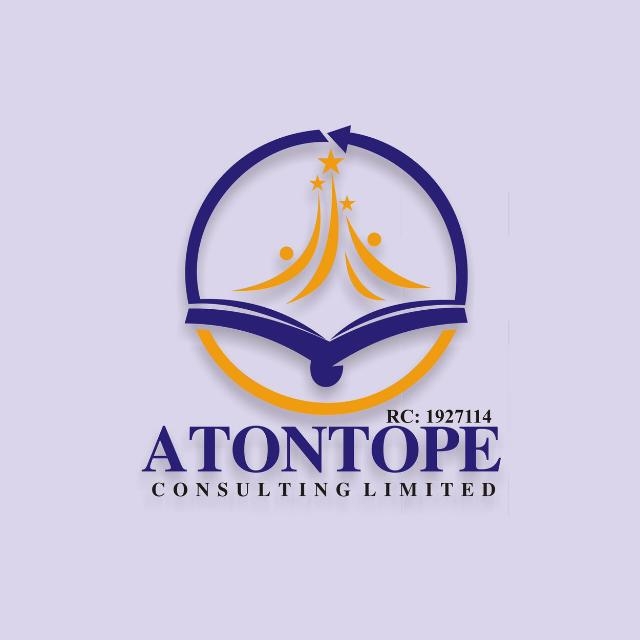

World-class education and research opportunities
Diverse and inclusive campus environmen
Pathways to internships and job opportunities
Strong global alumni networks
Our experienced education consultants match you with available programs based on your profile and level of education.
Upload the required documents and apply for programs. only verified document accepted.
Atontope reviews and verifies your document and applications and in turn, they are directly submitted to our partner schools. Your admission is granted upon being eligible.
Utilizing our proprietary immigration technology platform, connect with a licensed immigration consultant within seconds to start your study visa application process.
Need help? Check out the answers to your questions about Atontope.
The processing time for a USA student visa (F-1 or M-1) typically ranges from a few days to several weeks, depending on your country of application, visa appointment availability, and whether additional processing is required. It’s advisable to apply as early as possible after receiving your Form I-20 or DS-2019.
The documents required include:
The average tuition cost varies by institution type and program:
These figures do not include living expenses, which average $10,000–$15,000 annually.
Yes, international students on an F-1 visa can work:
Most U.S. institutions have two main intakes:
Yes, most institutions require proof of English proficiency through standardized tests like TOEFL, IELTS, or Duolingo. However, exemptions may apply for students from English-speaking countries or those who have completed previous education in English. Some universities also offer conditional admission with English language training programs.

Enter your details, and one of our expert counselors will contact you so we can connect you to the right course, country, university, and even scholarships!
